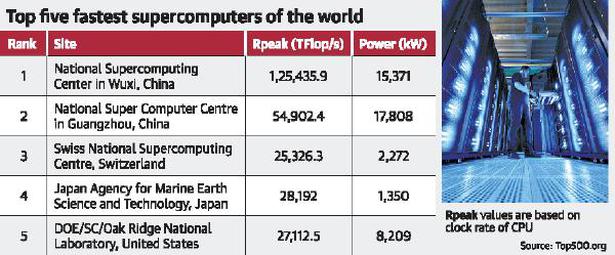India’s supercomputing prowess moved up several notches Monday after it unveiled Pratyush, an array of computers that can deliver a peak power of 6.8 petaflops. One petaflop is a million billion floating point operations per second and is a reflection of the computing capacity of a system.
According to a statement by the Indian Institute of Tropical Meteorology (IITM), Pratyush is the fourth fastest supercomputer in the world dedicated for weather and climate research, and follows machines in Japan, USA and the United Kingdom. It will also move an Indian supercomputer from the 300s to the 30s in the Top500 list, a respected international tracker of the world’s fastest supercomputers.
The machines will be installed at two government institutes: 4.0 petaflops HPC facility at IITM, Pune; and 2.8 petaflops facility at the National Centre for Medium Range Weather Forecast, Noida.

The government had sanctioned ₹400 crore last year to put in place a 10-petaflop machine. A key function of the machine’s computing power would be monsoon forecasting using a dynamical model. This requires simulating the weather for a given month — say March — and letting a custom-built model calculate how the actual weather will play out over June, July, August and September.
With the new system, it would be possible to map regions in India at a resolution of 3 km and the globe at 12 km.
While inaugurating the facility at IITM, Pune, Union Science Minister Dr. Harsh Vardhan said Pratyush would be India’s “premier" HPC (high performance computing) and was a step up from India’s current peak capacity of 1.0 PF.

